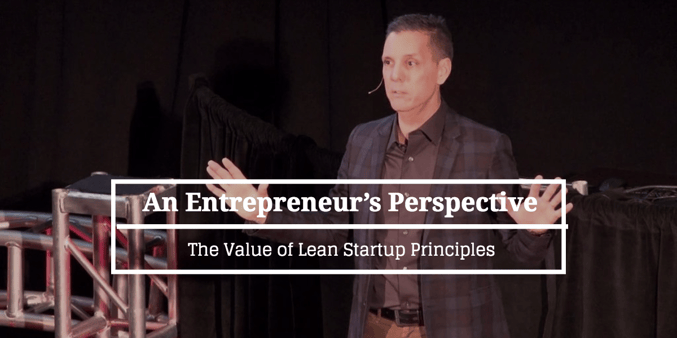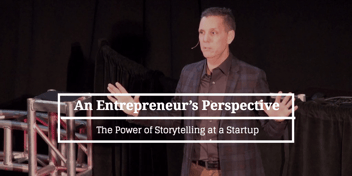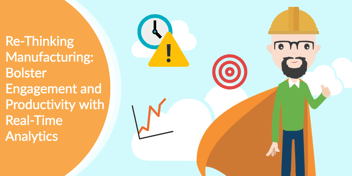
I have had the good fortune in my career to be a startup entrepreneur on three separate occasions. Two of these were in what I would call the pre-Lean Startup era of 2000-2008. I am now in my third startup, having launched it in pre Lean Startup times and then later having the opportunity to use principles such as the MVP (minimum viable product) to bring a much needed course correction to the company and its processes.
In my first companies, we had a six months or longer development cycles burdened by long laundry lists of features we didn’t even know customers would want. This reflected the standard approach of building a product with the maximum number of features in hopes of maximizing our chances of success in the end. It was frustrating to have to rely so much on guessing and intuition versus having a chance at knowing what to build. We had none of the tools or the cloud to help us easily develop and seamless deploy small incremental changes, so we were forced to always place some big bets. This didn’t always work out. Change was expensive in terms of times and dollars. That’s tough for a startup.
With the advent of Lean Startup practices being embraced by entrepreneurs, we could chart a new path for the same company. We became more nimble and experimental, leveraging technology and real time data to our advantage to learn, measure and build products with better market fit. Tech startup life got better and a lot more fun. This was game changing for all entrepreneurs, but it was revolutionary for those who had built companies in both eras.
Life as a Pre-MVP Entrepreneur
During the first twelve months of my third company, we used the same principles and methods of my first two companies, one of which had been started almost a decade earlier. We had to settle for some pretty inefficient methods of development and distribution.
I found this to be a frustrating period. The world was starting to move faster, but we were not. We lacked the deep insights to know how to focus our scarce resources on the most important issues. We were not able to learn fast enough and apply that knowledge in meaningful ways for enterprise customers without disturbing their every day workflow.
And let’s face it, when you ship a product with this much investment and so many different features, by the time it’s done, you feel obligated to your current course of development. This was how things had been, but we could tell change was in the air.
Bridging A Startup from The Pre To Post MVP World
“The minimum viable product is that product which has just those features and no more that allows you to ship a product that early adopters see and, at least some of whom resonate with, pay you money for, and start to gave you feedback on.” – Eric Ries
Learning about and embracing the tenants of the MVP changed everything for me. It created a new learning curve for starting and building companies even from just a few years earlier.
So my team stepped back to reset. We looked to focus our energy on really understanding the core problem and needs of our identified customer, and what technology could solve in a meaningful way. Now we finally had the tools of the Lean Startup methodology to help us learn more quickly what worked, and discard what didn’t. They provided companies like ours with the:
“… foresight, the ability, and the tools to discover which parts of their plans were working brilliantly and which were misguided, and adapt their strategies accordingly.” - Eric Ries
Adding in the cost effective distribution mechanism provided by the emerging world of the cloud gave us the ability to provide releases of our more rapidly iterated MVP without disrupting the customers’ daily workflow. In the pre Lean Startup world, that had been a major stumbling block for enterprise software developers. Remember the days of CD-ROM delivery of software through the mail?
Our development and distribution cycles went from 6 months to two weeks. And we knew we were developing more valuable product even in those short sprints as we had real time customer insights and feedback to see what features to add, which are most important, and how to simplify and increase the value of the experience.
Lessons Learned from Life Before and After MVP
Proof of the value of adopting a new system of building technology can be found in the before and after stories – both anecdotal and data oriented. Let me share a few with you.
In the first 12 months of our pre MVP world
-
2 releases
-
2 customer feedback iteration cycles
-
1-2 times per year demonstration of product development progress to investors
In the most current 12 months deep into our MVP and Lean Startup principles
-
16 releases
-
Unlimited ability to gather real time customer feedback
-
1-2 times per quarter demonstration of significant product development progress to investors
This paints a pretty clear picture of why and how Lean Startup methods and the MVP have changed the playing field for entrepreneurs, whether you are in Silicon Valley or the Midwest.






Leave a Comment